Rising Incidence Rates
The rising incidence rates of merkel cell carcinoma in the US are a crucial driver for the merkel cell-carcinoma market. Recent data indicates that the annual incidence of this rare skin cancer has increased significantly, with estimates suggesting a rise of approximately 150% over the past two decades. This alarming trend is likely attributed to factors such as increased sun exposure and immunosuppression in certain populations. As awareness grows regarding the disease, healthcare providers are more vigilant in diagnosing and treating merkel cell carcinoma, thereby expanding the market. The increasing number of cases necessitates the development of innovative treatment options, which in turn fuels investment in research and development within the merkel cell-carcinoma market. Consequently, stakeholders are likely to see a surge in demand for effective therapies and diagnostic tools, further propelling market growth.
Regulatory Support and Funding
Regulatory support and funding for research in merkel cell carcinoma are critical drivers of market growth. Government agencies and non-profit organizations are increasingly recognizing the need for focused research on rare cancers, including merkel cell carcinoma. This recognition has led to the allocation of funds for clinical trials and research initiatives aimed at understanding the disease better. For instance, the National Cancer Institute has been instrumental in supporting research efforts, which may lead to the development of new therapies and diagnostic tools. Such funding not only accelerates innovation but also encourages collaboration among researchers, healthcare providers, and pharmaceutical companies. As a result, the merkel cell-carcinoma market is likely to benefit from enhanced research capabilities and the introduction of novel treatment options.
Advancements in Treatment Modalities
Advancements in treatment modalities for merkel cell carcinoma are significantly influencing the market landscape. The introduction of targeted therapies and immunotherapies has transformed the treatment paradigm, offering new hope for patients. For instance, the approval of novel agents such as avelumab and pembrolizumab has demonstrated promising efficacy in clinical trials, leading to improved survival rates. These advancements not only enhance patient outcomes but also stimulate market growth as healthcare providers adopt these innovative therapies. Furthermore, the increasing focus on personalized medicine is likely to drive the development of tailored treatment approaches, which could further expand the merkel cell-carcinoma market. As more treatment options become available, the competitive landscape is expected to evolve, encouraging pharmaceutical companies to invest in research and development to meet the growing demand.
Technological Innovations in Diagnostics
Technological innovations in diagnostics are transforming the landscape of the merkel cell-carcinoma market. The development of advanced imaging techniques and molecular diagnostics has improved the accuracy of merkel cell carcinoma detection. For example, the use of next-generation sequencing and liquid biopsy technologies allows for earlier and more precise identification of the disease. These innovations not only facilitate timely intervention but also enhance the overall management of patients with merkel cell carcinoma. As diagnostic capabilities improve, healthcare providers are better equipped to tailor treatment plans, which may lead to improved patient outcomes. Consequently, the demand for advanced diagnostic tools is expected to rise, further propelling the growth of the merkel cell-carcinoma market.
Growing Awareness and Education Initiatives
Growing awareness and education initiatives surrounding merkel cell carcinoma are pivotal in shaping the market dynamics. Various organizations and healthcare providers are actively engaged in campaigns to educate the public about the signs and symptoms of this rare cancer. Increased awareness leads to earlier diagnosis and treatment, which is essential for improving patient outcomes. As more individuals become informed about merkel cell carcinoma, the demand for diagnostic services and treatment options is likely to rise. This heightened awareness not only benefits patients but also encourages healthcare professionals to prioritize research and development in the merkel cell-carcinoma market. Consequently, the market may experience growth as stakeholders recognize the importance of education in driving early detection and intervention strategies.


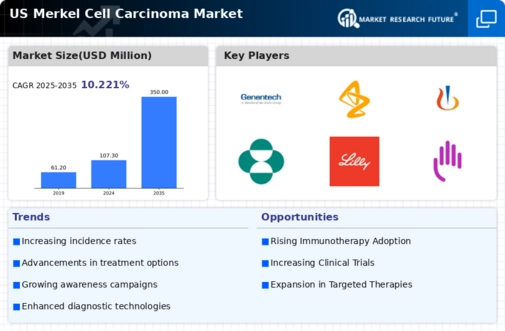
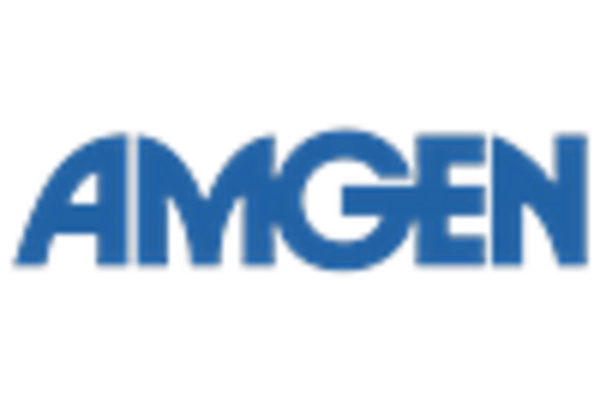
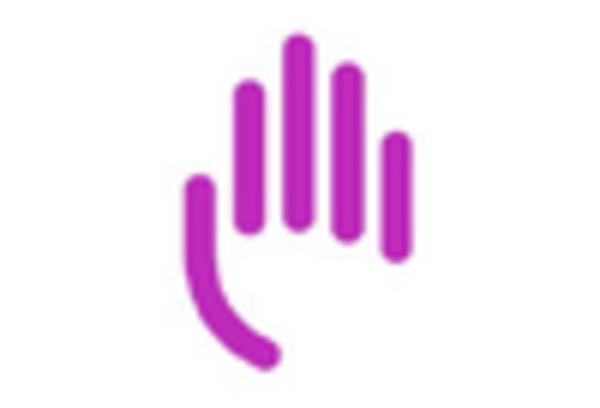
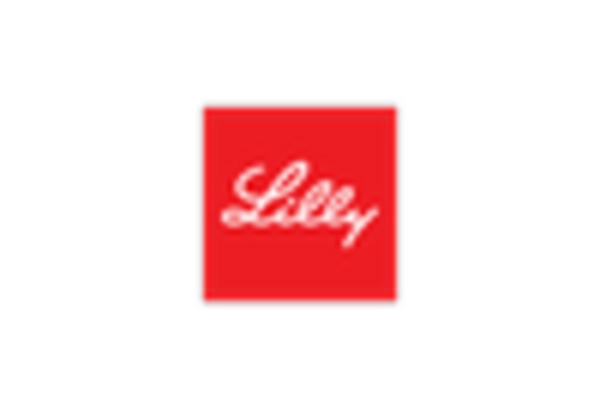
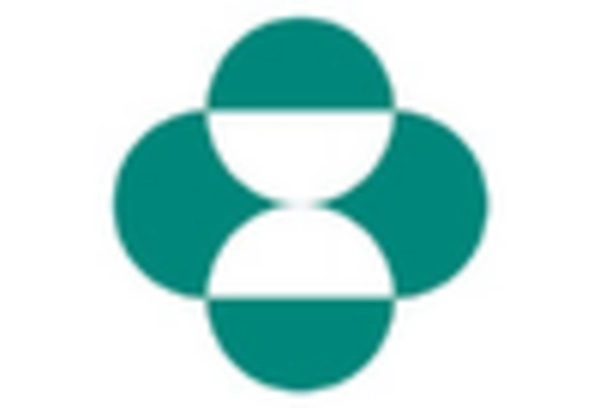
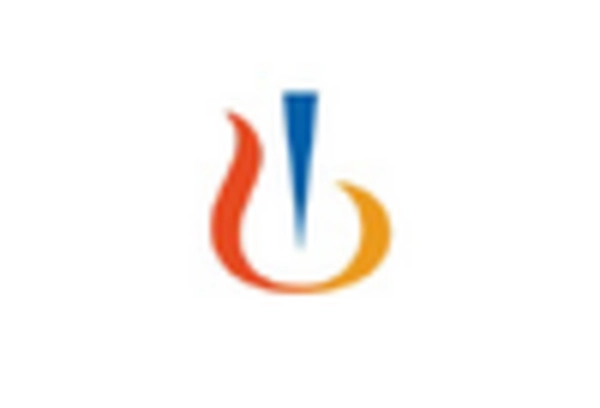
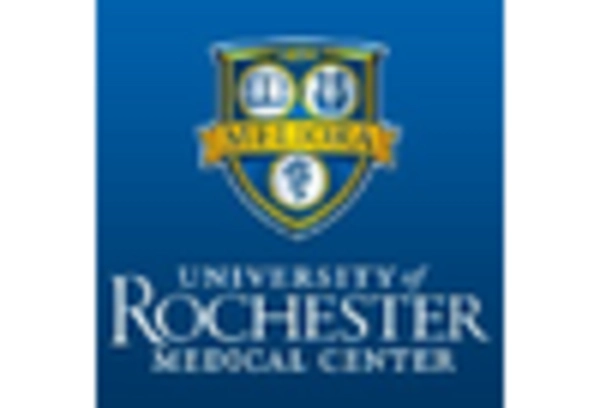








Leave a Comment